- Joined
- Dec 13, 2015
- Messages
- 141
- Reaction score
- 481
History
Here is an excerpt from a Wiki
Bletchley Park is opposite Bletchley railway station. It is close to junctions 13 and 14 of the M1. Located 50 miles (80 km) northwest of London, the site appears in the Domesday Book as part of the Manor of Eaton. Browne Willis built a mansion there in 1711, but after Thomas Harrison purchased the property in 1793 this was pulled down. It was first known as Bletchley Park after its purchase by Samuel Lipscomb Seckham in 1877.[2] The estate of 581 acres (235 ha) was bought in 1883 by Sir Herbert Samuel Leon, who expanded the then-existing farmhouse[3] into the present "maudlin and monstrous pile"[4] combining Victorian Gothic, Tudor, and Dutch Baroque styles.
In 1938, the mansion and much of the site was bought by a builder planning a housing estate, but in May 1938 Admiral Sir Hugh Sinclair, head of the Secret Intelligence Service (SIS or MI6) bought the mansion and 58 acres (23 ha) for use by GC&CS and SIS in the event of war.[5]
A key advantage seen by Sinclair and his colleagues (inspecting the site under the cover of "Captain Ridley's shooting party")[6] was Bletchley's geographical centrality. It was almost immediately adjacent to Bletchley railway station, where the "Varsity Line" between Oxford and Cambridge – whose universities were expected to supply many of the code-breakers – met the main West Coast railway line connecting London, Birmingham, Manchester, Liverpool, Glasgow and Edinburgh. Watling Street, the main road linking London to the north-west (now the A5) was close by, and high-volume communication links were available at the telegraph and telephone repeater station in nearby Fenny Stratford.
Bletchley Park was known as "B.P." to those who worked there.[7] "Station X" (X = Roman numeral ten), "London Signals Intelligence Centre", and "Government Communications Headquarters" were all cover names used during the war.[8] (The formal posting of the many "Wrens" – members of the Women's Royal Naval Service – working there was to HMS Pembroke V.)
The Explore
This was my first visit to a site on my own, I was both nervous and excited by this as on the one hand, derelict buildings are a dangerous place to wander about on your own, especially with the wind blowing hard outside, however going on my own meant I wouldn't constantly feel like I was holding up the rest of my group while I mess about taking HDRs so I could really focus on the photography, I tried to capture more of the details, here are the pictures.
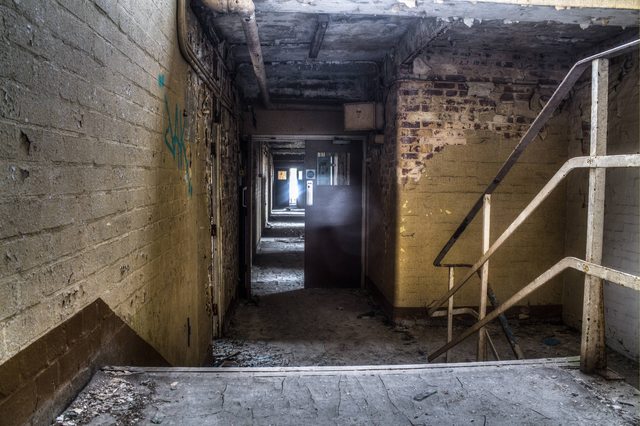
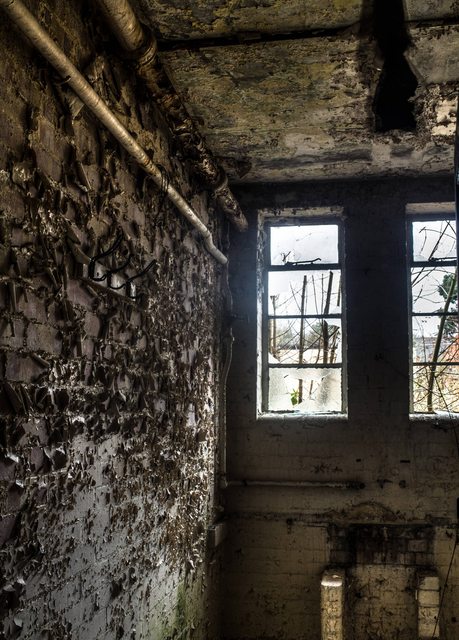
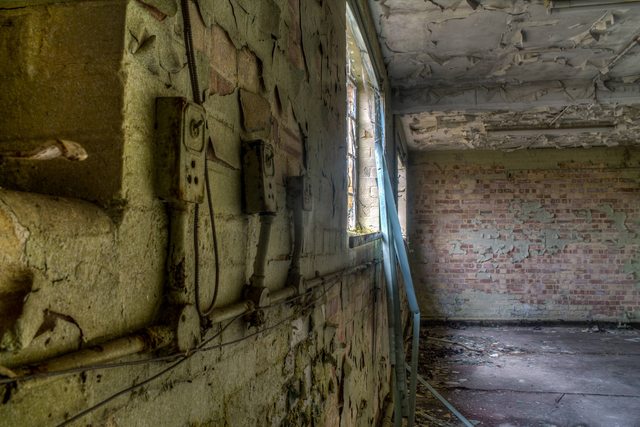
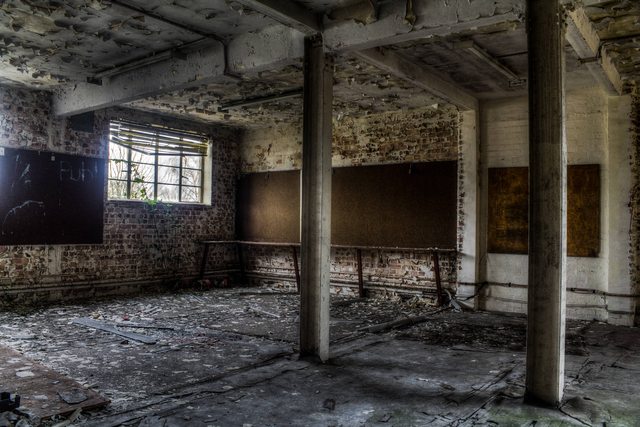
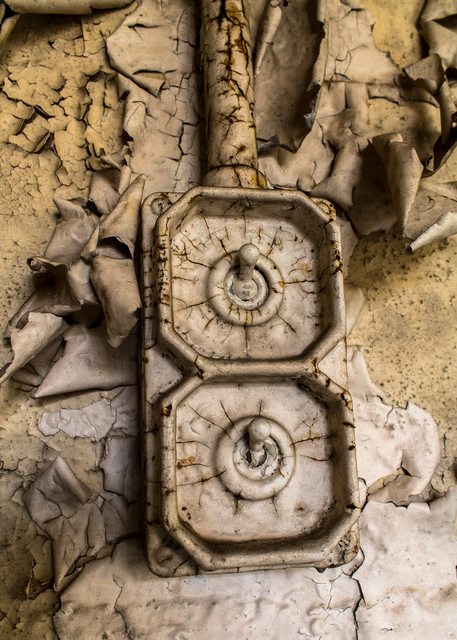
The Light in here was great.
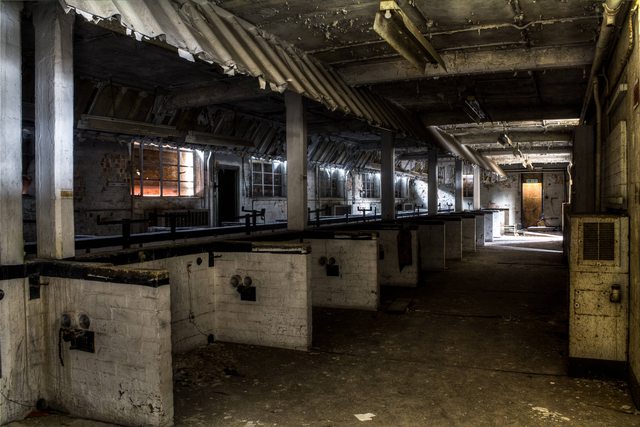
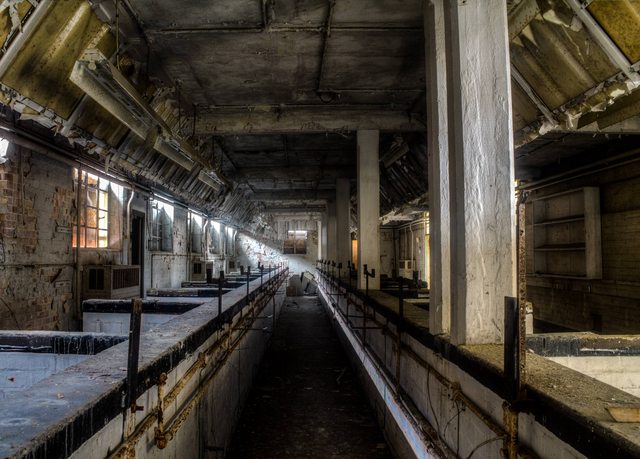
I loved the floor in here.
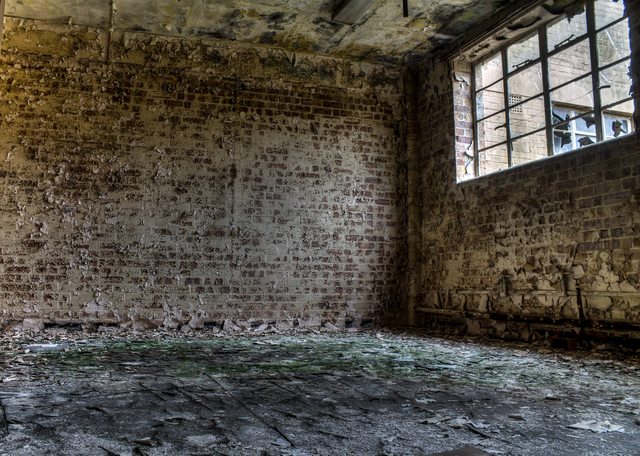
More floor.
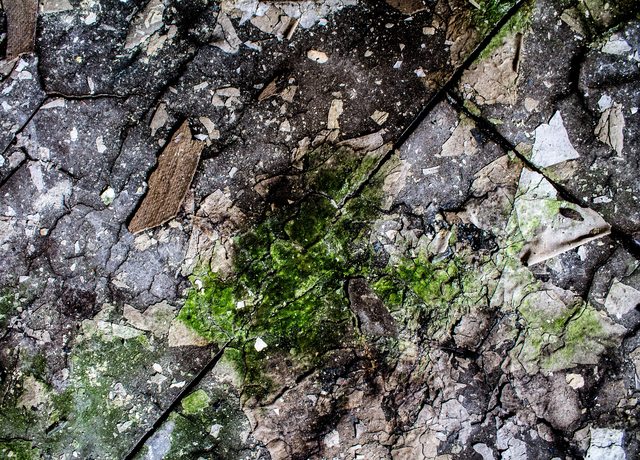
The ceiling was pretty nice too.
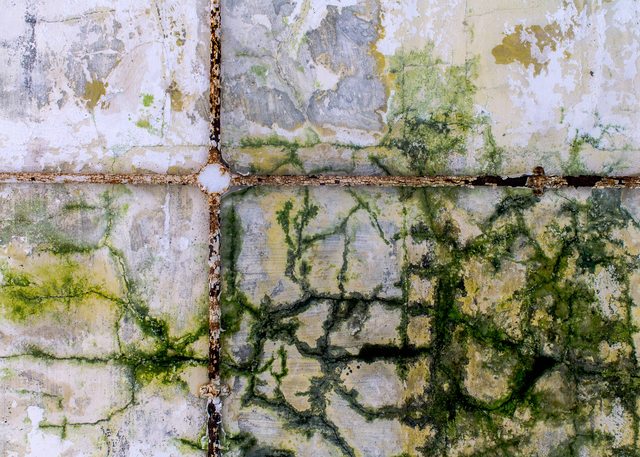
These were dotted about. Alarms? Tannoy system?
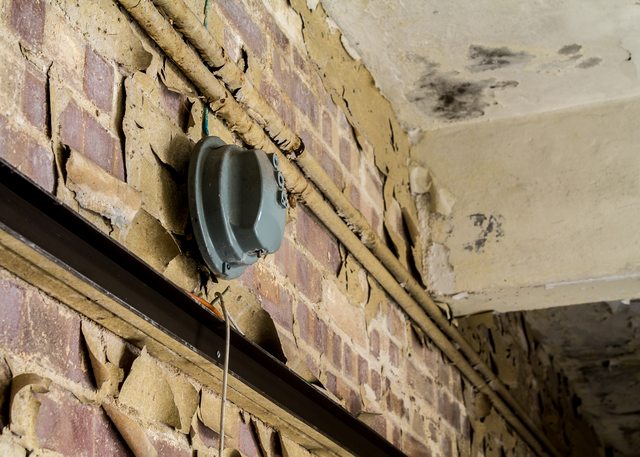
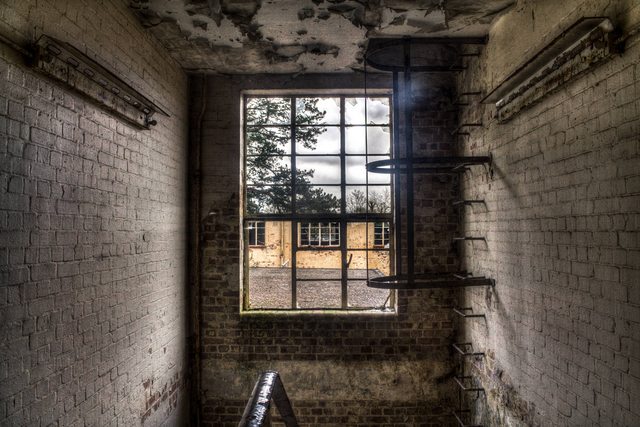
Had to get a picture of the ladder (My poor neck)
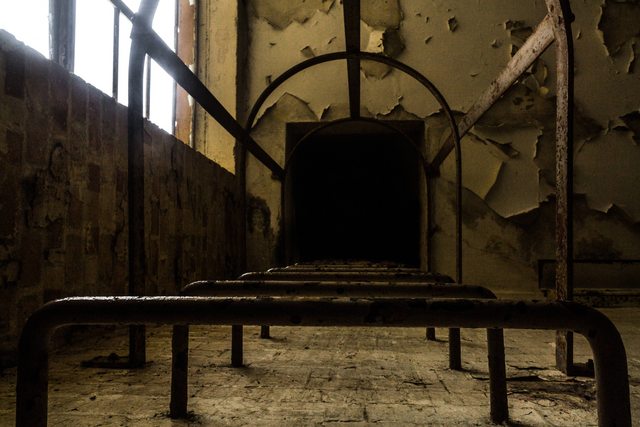
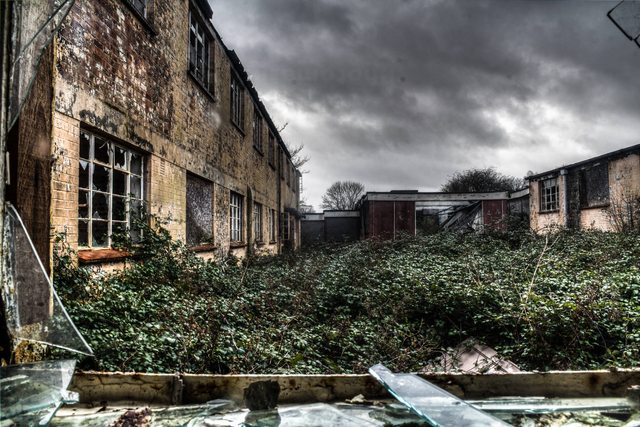
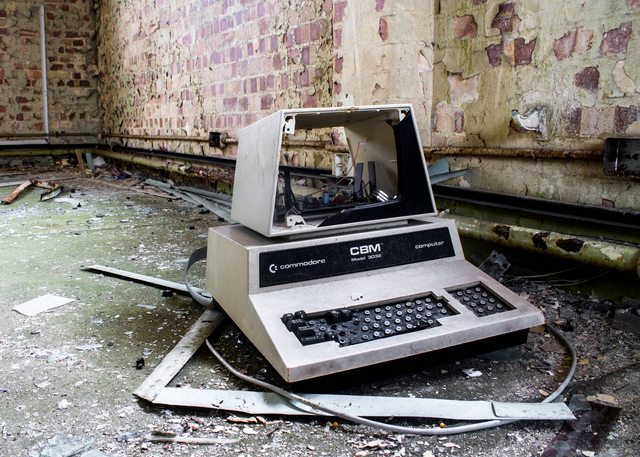
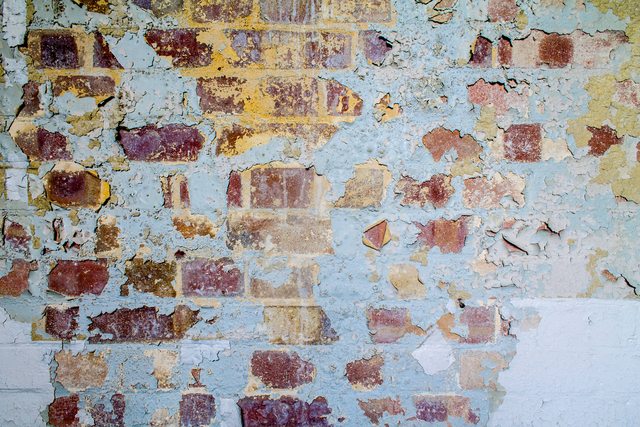
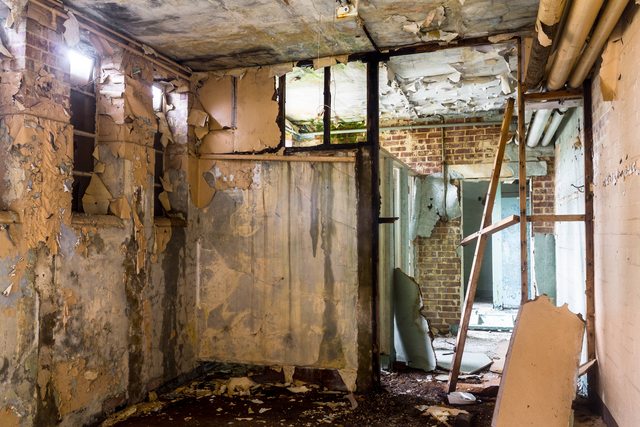
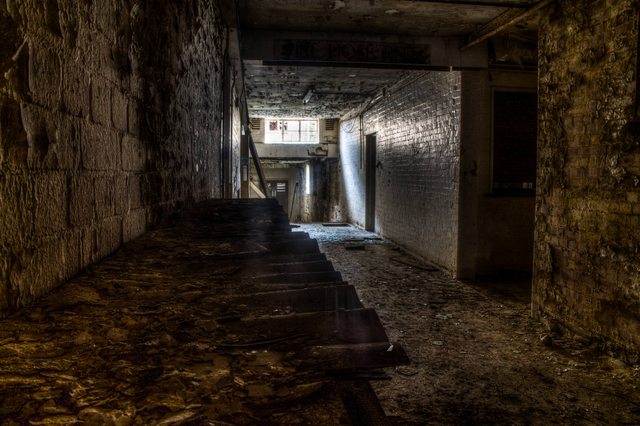
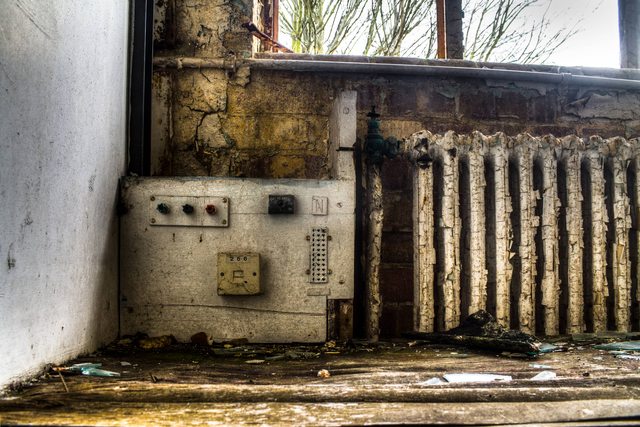
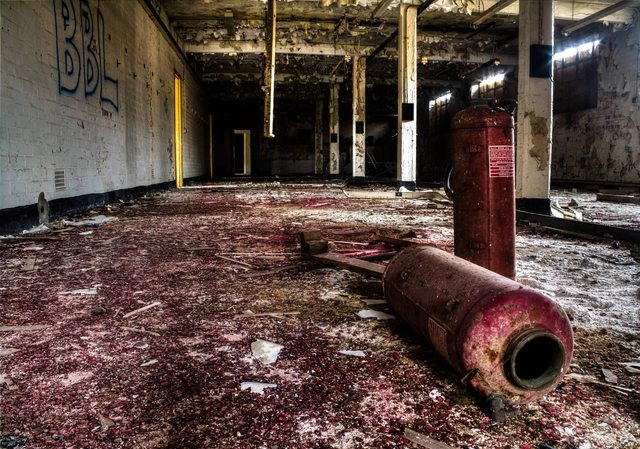
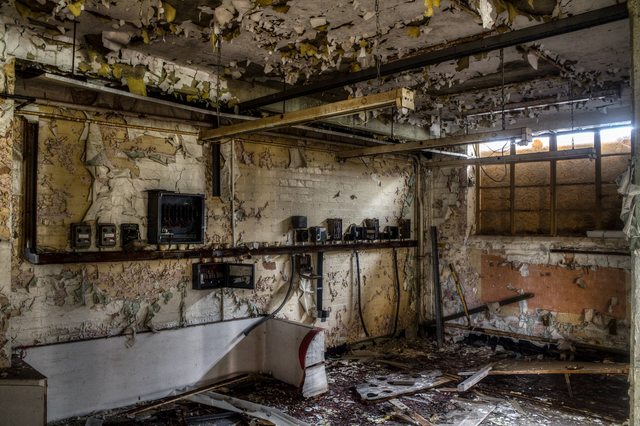
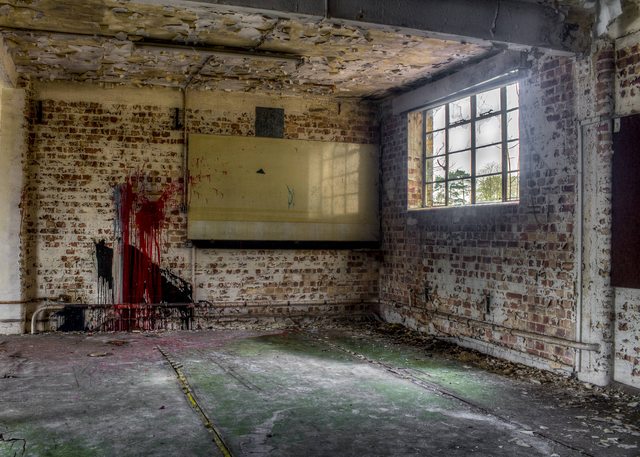
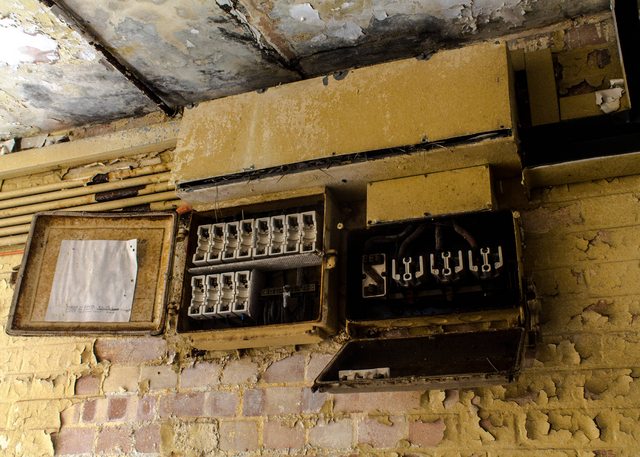
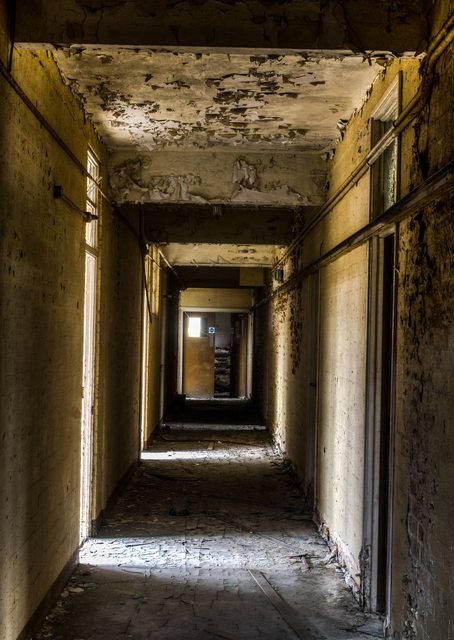
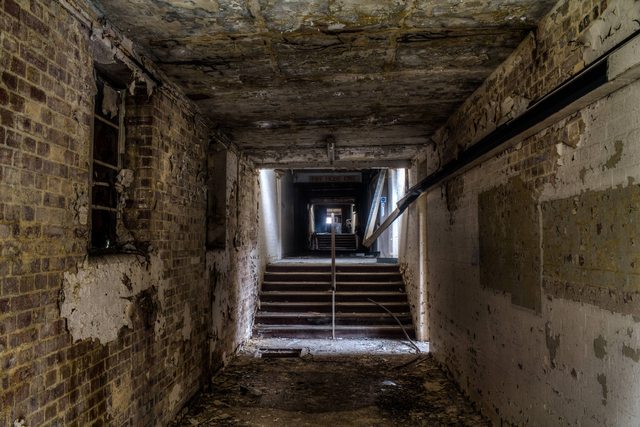
Thanks for looking.
Here is an excerpt from a Wiki
Bletchley Park is opposite Bletchley railway station. It is close to junctions 13 and 14 of the M1. Located 50 miles (80 km) northwest of London, the site appears in the Domesday Book as part of the Manor of Eaton. Browne Willis built a mansion there in 1711, but after Thomas Harrison purchased the property in 1793 this was pulled down. It was first known as Bletchley Park after its purchase by Samuel Lipscomb Seckham in 1877.[2] The estate of 581 acres (235 ha) was bought in 1883 by Sir Herbert Samuel Leon, who expanded the then-existing farmhouse[3] into the present "maudlin and monstrous pile"[4] combining Victorian Gothic, Tudor, and Dutch Baroque styles.
In 1938, the mansion and much of the site was bought by a builder planning a housing estate, but in May 1938 Admiral Sir Hugh Sinclair, head of the Secret Intelligence Service (SIS or MI6) bought the mansion and 58 acres (23 ha) for use by GC&CS and SIS in the event of war.[5]
A key advantage seen by Sinclair and his colleagues (inspecting the site under the cover of "Captain Ridley's shooting party")[6] was Bletchley's geographical centrality. It was almost immediately adjacent to Bletchley railway station, where the "Varsity Line" between Oxford and Cambridge – whose universities were expected to supply many of the code-breakers – met the main West Coast railway line connecting London, Birmingham, Manchester, Liverpool, Glasgow and Edinburgh. Watling Street, the main road linking London to the north-west (now the A5) was close by, and high-volume communication links were available at the telegraph and telephone repeater station in nearby Fenny Stratford.
Bletchley Park was known as "B.P." to those who worked there.[7] "Station X" (X = Roman numeral ten), "London Signals Intelligence Centre", and "Government Communications Headquarters" were all cover names used during the war.[8] (The formal posting of the many "Wrens" – members of the Women's Royal Naval Service – working there was to HMS Pembroke V.)
The Explore
This was my first visit to a site on my own, I was both nervous and excited by this as on the one hand, derelict buildings are a dangerous place to wander about on your own, especially with the wind blowing hard outside, however going on my own meant I wouldn't constantly feel like I was holding up the rest of my group while I mess about taking HDRs so I could really focus on the photography, I tried to capture more of the details, here are the pictures.





The Light in here was great.


I loved the floor in here.

More floor.

The ceiling was pretty nice too.

These were dotted about. Alarms? Tannoy system?


Had to get a picture of the ladder (My poor neck)













Thanks for looking.



